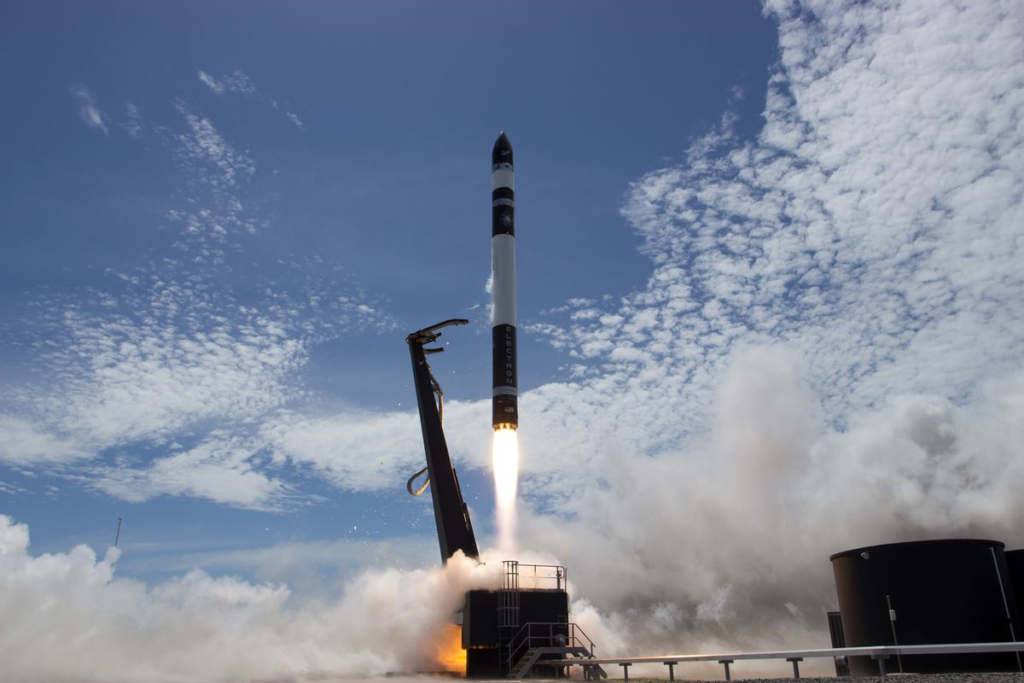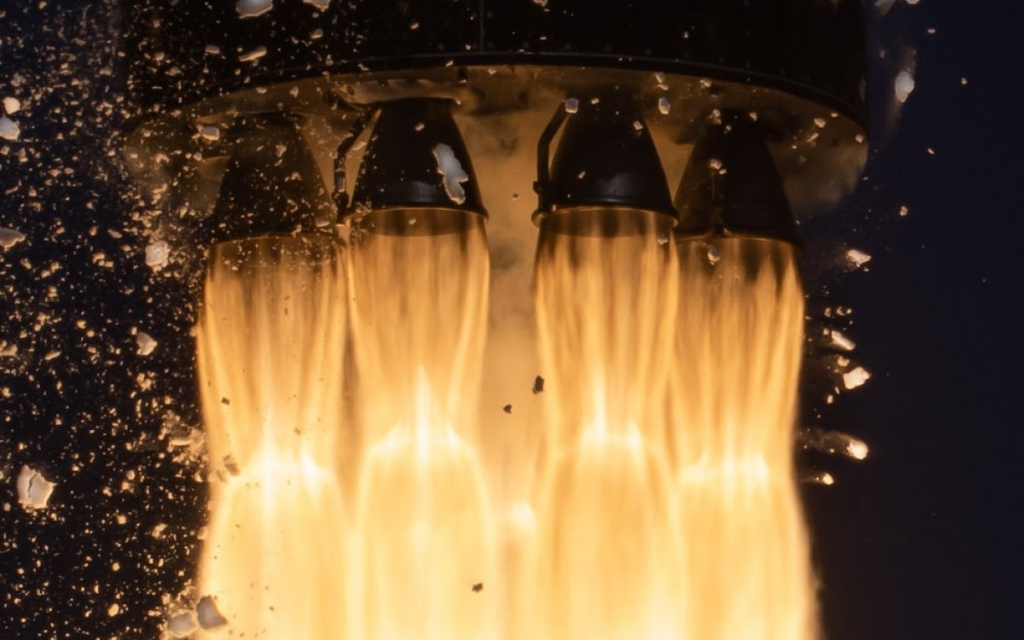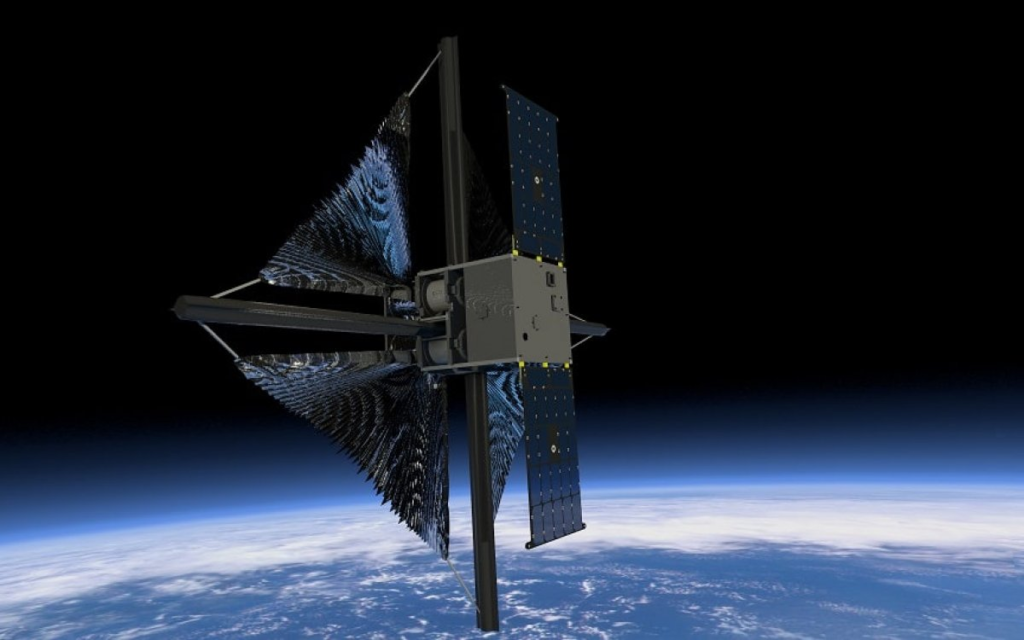
Upcoming Rocket Lab Launches To Look Out For
Rocket Lab like many other companies within the space industry has managed to stay very busy over the past few months and even years. One of the ways Rocket Lab has done this is by filling the company’s schedule with a lot of unique missions from different customers around the world. However, with so many different launches planned for the future, it can be hard to keep track of all of them.
After a successful launch and deployment apart of the CAPSTONE mission, Rocket Lab has already launched once and is about to launch again. Not to mention the additional missions planned for the coming months and years. An example could be the launch of a satellite planned to orbit the Sun to provide early warnings for destructive space weather.
In 2022, Rocket Lab was selected by Ball Aerospace to manufacture the Solar Array Panel (SAP) to power NASA’s Global Lyman-Alpha Imager of Dynamic Exosphere (GLIDE) spacecraft. GLIDE is a heliophysics mission intended to study variability in Earth’s atmosphere and is expected to launch in 2025. Here I will go more in-depth into some of the upcoming launches you should look out for.
Recent Updates

In the last few days, Rocket Lab has been providing updates on the mission expected to launch early August. On July 28th, Rocket Lab tweeted saying, “The team at @NatReconOfc have confirmed the NROL-199 is now ready for launch, so it’s time to go to space! The Antipodean Adventure mission is scheduled for lift-off on Aug 2nd.” In addition, later that same day they tweeted again this time mentioning, “Responsive space means flying when ready – whether a mission is early, late, or ready at a moment’s notice. Operating our own range dedicated to our own rocket means the @natreconofc were able to take the time they needed with #NROL199 and remain on track with their 2022 manifest.”
More specifically, this next mission is Antipodean Adventure, (NROL-199), the second of two back-to-back Electron missions for the National Reconnaissance Office (NRO). The first mission, Wise One Looks Ahead (NROL-162) successfully lifted-off from Launch Complex 1 on July 13, 2022. The NROL-199 mission will carry a national security payload designed, built, and operated by the National Reconnaissance Office in partnership with the Australian Department of Defence as part of a broad range of cooperative satellite activities with Australia. The payload will support the NRO to provide critical information to government agencies and decision makers monitoring international issues. Both NROL-199 and NROL-162 missions are a demonstration of responsive launch under NRO’s Rapid Acquisition of a Small Rocket (RASR) contract for launching small satellites through a streamlined, commercial approach, and are the third and fourth missions contracted to Rocket Lab by the NRO under the contract. NROL-151 (RASR-1) was successfully deployed to space on a dedicated Electron launch in early 2020, followed by RASR-2 on another Electron launch in June 2020.
Upcoming Missions

Now that we know more about the mission only days from now, we can take a look at some other interesting missions that Rocket Lab has scheduled. The first is with NASA and will utilize Rocket Lab’s solar panels. Specifically, in early June the company announced it had been selected by Ball Aerospace to manufacture the Solar Array Panel (SAP) to power NASA’s Global Lyman-Alpha Imager of Dynamic Exosphere (GLIDE) mission spacecraft planned to launch in 2025. GLIDE is a heliophysics mission intended to study variability in Earth’s atmosphere. The SAP will utilize SolAero by Rocket Lab’s high-efficiency, radiation-hardened, quadruple-junction Z4J solar cells, laid down on carbon composite facesheet panels manufactured at the company’s facilities in Albuquerque, New Mexico.
The GLIDE spacecraft will launch with another Rocket Lab-powered spacecraft, also built by Ball Aerospace, the National Oceanic and Atmospheric Administration’s (NOAA’s) Space Weather Follow On-Lagrange 1 (SWFO-L1). SWFO-L1 is a heliophysics mission that will collect solar wind data and coronal imagery to meet NOAA’s operational requirements to monitor and forecast solar storm activity. “Rocket Lab has become the ‘go-to’ provider of space solar power and space systems products throughout the space industry, including for ambitious heliophysics missions like GLIDE,” said Rocket Lab founder and CEO, Peter Beck. “I am grateful to our partners at Ball Aerospace for selecting Rocket Lab and excited to be working with them to support NASA’s Heliophysics missions to deliver advanced science.”
The next upcoming mission will use Rocket lab as the launch provider. In 2021, Rocket Lab announced it had been selected to launch NASA’s Advanced Composite Solar Sail System, or ACS3, on the Electron launch vehicle. NASA’s ACS3 technology demonstration uses composite materials – or a combination of materials with different properties, in its novel, lightweight booms that deploy from a CubeSat to support a solar sail. Just as a sailboat is powered by wind in a sail, solar sails employ the pressure of sunlight for propulsion, eliminating the need for conventional rocket propellant. Data obtained from the ACS3 demonstration will guide the design of future larger-scale composite solar sail systems that could be used for space weather early warning satellites, near-Earth asteroid reconnaissance missions, or communications relays for crewed exploration missions.
ACS3 will launch as part of a rideshare mission, scheduled for lift-off from Rocket Lab Launch Complex 1 in mid-2022. The ability of the Electron launch vehicle’s Kick Stage to deploy individual satellites to unique orbits, even when flying as part of a rideshare, was a key factor in Rocket Lab being selected as the launch provider. ACS3 requires a higher altitude than the other rideshare payloads launching on the same mission, so after deploying the first payloads, the Kick Stage will perform another burn with its 3D printed Curie engine to raise the orbit and deploy ACS3. Rocket Lab’s Kick Stage has demonstrated orbit raises across 18 missions to date, and also successfully conducted inclination changes and orbit lowering, providing customers with proven, flexible, and precise in-space transportation. “We are thrilled to be NASA’s launch partner for this innovative mission,” said Rocket Lab founder and Chief Executive, Peter Beck. “It seems fitting to launch NASA’s Advanced Composite Solar Sail System on Electron, the world’s first full carbon composite orbital launch vehicle. We’re excited to see composites used yet again to unlock new capabilities in space.”
The final and one of the most interesting launches I want to highlight involves removing debris from space. In 2021 Rocket Lab signed a dedicated launch contract with Astroscale Japan Inc., a subsidiary of Astroscale Holdings Inc., a market leader in satellite servicing and long-term orbital sustainability. Scheduled for lift-off from Rocket Lab Launch Complex 1 in 2023, the Electron rocket will launch the Active Debris Removal by Astroscale-Japan (ADRAS-J) satellite, which has been selected by the Japan Aerospace Exploration Agency (JAXA) for Phase I of its Commercial Removal of Debris Demonstration Project (CRD2), one of the world’s first technology demonstrations of removing large-scale debris from orbit. Once deployed to a precise orbit by Electron’s Kick Stage, the ADRAS-J satellite is designed to rendezvous with a piece of orbital debris, a long abandoned upper stage rocket body. ADRAS-J aims to demonstrate proximity operations and obtain images of the rocket body, delivering observational data to better understand the debris environment. A planned second phase of the mission, which has yet to be completed, intends to demonstrate the de-orbit of the debris.
“The ability to actively remove satellites and debris from orbit at the end of their operational life will likely play a key role in ensuring a sustainable space environment for the future, so we’re delighted to enable Astroscale to demonstrate new and innovative solutions in this field,” said Rocket Lab Founder and Chief Executive Officer, Peter Beck. “Rendezvousing with a piece of debris on orbit, traveling at around 27,000 km per hour, is a highly complex task that requires absolute precision when it comes to orbital deployment. Electron’s Kick Stage has demonstrated this precision across 18 missions, providing in-space transportation to place our customers’ satellites exactly where they need to go.” “Reliable and commercially viable launch vehicles like Rocket Lab’s Electron rocket enable frequent and flexible access to space, allowing us to advance our on-orbit services which are fundamental to the growth of the space infrastructure and economy,” said Nobu Okada, Founder and CEO of Astroscale. “Rocket Lab and Astroscale have become leaders in our respective markets and I am thrilled to collaborate on ADRAS-J, a ground breaking mission that will shape the technologies and policies needed to drive space sustainability forward.”
Conclusion
Rocket Lab is staying very busy with many different projects. This involves not only launches with Electron but also the use of different acquisitions and more. We will have to wait and see how it progresses and the impact it has on the space industry.
